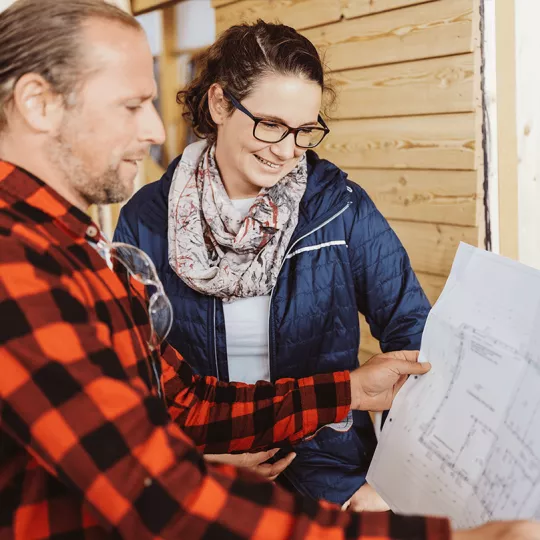New climate modelling technology has emphasised the need to protect the future reliability of Australia’s solar energy production from the effects of climate change.
The modelling data released by the University of New South Wales Sydney predicts the warming climate will significantly impact the availability of solar power across different parts of Australia, potentially reducing its accessibility.
The findings, published in the journal Solar Energy, sound a warning to solar power infrastructure development in Australia, including the Northern Territory Sun Cable solar project, set to become the largest solar infrastructure network worldwide.
Researchers used new regional climate model simulations to map changes in Australia’s solar resource distribution and variability for different parts of the country.
Changes in cloud cover, sunlight times, seasonal cycles, and location could limit a solar farm’s ability to deliver consistent and dependable energy, potentially causing power outages or complete grid failures.
This sensitivity to weather adaptations means grid stability must be carefully managed to ensure optimal energy generation through forecasting, power storage solutions, and load controls.
New modelling crucial to power stability
UNSW researcher and lead author of the study, Shukla Poddar, says modelling future changes in solar availability would be crucial to maintaining a stable power network as Australia increases its reliance on renewable energy.
“As the climate warms, managing these weather-induced power fluctuations will be a growing challenge, so we need modelling to help us better predict and prepare for these changing dynamics,” said the School of Photovoltaics and Renewable Energy Engineering fellow.
The research found that weather changes meant solar reliability would likely decline over West Australia by the year 2099, with less availability, more inconsistent periods and a shortening of power generation periods.
Conversely, solar reliability should increase in parts of Eastern Australia, with better solar resource density and fewer inconsistencies due to more clear-sky days per year.
Concerns for WA Solar farm reliability
Ms Podar says the predictions mean that while Queensland, New South Wales, and Victoria will benefit from more reliable and consistent solar power, Western Australia will have to adapt how it manages solar energy.
“Our study reveals Eastern Australia will experience an increase in solar resource availability and episode length in the future, indicating the probability of more stable and reliable future energy output,” she said.
“Some regions in Western Australia may experience increased intermittency issues, a key challenge for Australia’s future energy systems, and they will likely need to rely more heavily on energy storage solutions to ensure grid stability in the future.”
Solar farms assessed for future climate change impacts
The study also assessed the impact of climate change on Australia’s future solar farms, including the SunCable Northern Territory solar network site.
The 30 billion dollar project is set to supply power to the NT, Indonesia and Singapore through a sub-sea cable network called the Australian-Asia power link.
But, research found changes in the region’s climate meant it will suffer more intermittent power periods in the future, meaning it will need to utilise energy storage systems and solar resource forecasting for optimal efficiency.
Study co-author and UNSW renewable energy engineering professor Merlinda Kay, says the weather mapping would help solar farm sites plan areas of investment and development during their construction and going forward.
“The next step would be to conduct a synergy study of how wind energy can complement solar in a future warmer climate, as we know hybrid systems can be advantageous for generating consistent energy supply when the sun isn’t shining or when the wind isn’t blowing, “ associate professor Kay said.
“We also need to look at how disruptive extreme events, such as bushfires, will impact renewable energy generation and grid operation moving into the future, given they’re likely to increase in frequency and intensity.”
The results of the study can be read in full here








